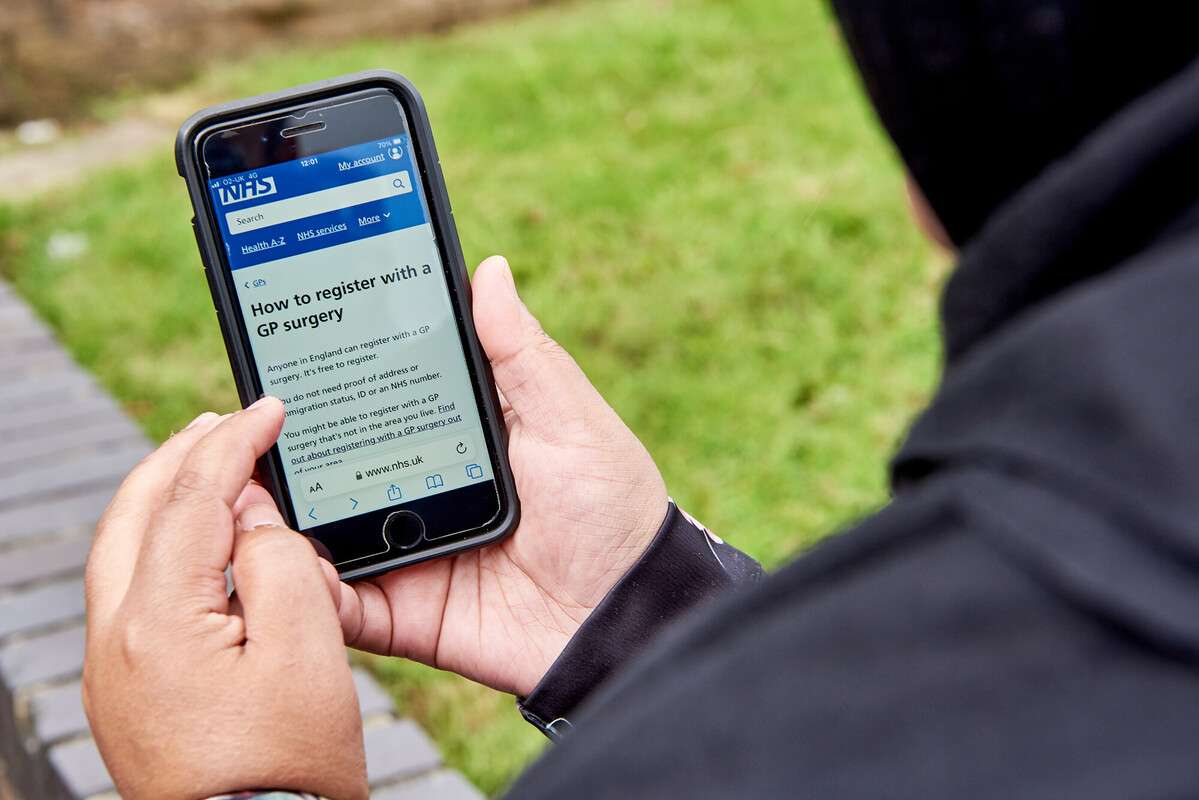The Home Office tells PublicTechnology work is on track and security risks are ‘minimal’. But onlookers remain concerned about the implications of the presence of Huawei technology in the new network for police, fire and ambulance services.
Credit: Adobe Stock
When the government announced last month that Huawei equipment is to be stripped from the UK’s 5G network, it felt like the end – or perhaps just the latest chapter – of a saga.
It was back in November 2018 that then-prime minister Theresa May launched a review designed to ascertain the potential security implications of the Chinese tech vendor being allowed to take part in the construction of the next-generation telecoms infrastructure.
By April 2019 it had emerged that May, to the reported consternation of some of her ministers, was minded to permit Huawei to contribute kit to the 5G network.
It took until January of this year for a final decision to be made; May’s successor Boris Johnson gave the go-ahead for Huawei to work on the rollout of 5G – albeit with a role that was limited to the “non-core” parts of the network, where its equipment would never be allowed to comprise any more than 35% of the overall total.
Having taken 14 months to reach a decision, the government then took less than half that time to reverse it.
It was announced in July that, from the end of this year, telecoms firms working on the 5G implementation will no longer be allowed to buy Huawei equipment. The Chinese manufacturer’s products must be stripped out entirely by 2027, the government has ruled.
The U-turn could delay the completion of the rollout by up to three years, as well adding as much as £2bn to the cost of the project.
Which is still nothing compared to the delays and additional costs that have beset the deployment of the Emergency Services Network.
Five years
Minimum delay to the launch of ESN, which will go live in 2022, at the earliest
£3.1bn
Additional costs compared with original projection
2027
Deadline for telecoms firms to remove Huawei from their UK 5G networks
‘Minimal’
Home Office description of level of security risk to ESN while Huawei is stripped out
Implementation of the new communications infrastructure for police, ambulance and fire services will not be completed until 2022 at the earliest – representing a delay of at least five years on the original scheduled end date.
The current anticipated cost of delivering the programme is £9.3bn. This is more than £3bn higher than the initial projection, equating to a rise of about 50%.
ESN was first conceived back in 2013. It is intended to replace the incumbent Airwave radio communications platform, issues with which were reported as far back as summer 2011, when police dealing with riots across England claimed that, having been unable to contact each other using the system, they had needed to resort to using their personal mobile phones.
The plan is to upgrade to a modern 4G network, which is currently being constructed by BT-owned mobile operator EE.
The numerous delays to the project mean that, by the time it goes live, it will likely already be one G behind the times; EE claims to already offer 5G connectivity in 100 towns and cities around the UK, with more being added all the while.
There is also, once again, the issue of what to do about Huawei.
The government’s decision to strip the vendor’s kit out of the fifth-generation mobile infrastructure did not extend to 4G and 3G networks – including those of EE – where its kit is already embedded.
After digital secretary Oliver Dowden announced to the House of Commons the plan to expunge Huawei from 5G infrastructure, fellow Conservative MP Iain Duncan Smith pointed out this seeming inconsistency.
“Having said that he is getting rid of Huawei in 5G, it is apparently fine for it to continue in 4G and 3G; it can go on for as long as anyone,” Duncan Smith said. “It will be upgraded in software upgrades for the next decade. If it is a risk in 5G, why is it not a risk to us generally?”
Dowden replied: “5G is the new technology. It is the successor to 3G and 4G…. the reality of the 5G network is that it is fundamentally different, and it is a recognition of that fundamental difference that we are imposing these rules in respect of 5G. Of course, over time, 5G will be the replacement network and then, in turn, 5G will be replaced by 6G and, in all of that, Huawei will be absent.”
Where it will not be absent is in the ESN infrastructure.
In addition to the emergency services’ ever-more urgent need for updated technology, the programme can scarcely afford any more delays and cost rises.
Concerns raised
The Fire, Resilience and Emergency Planning Committee of the London Assembly, which reviews and makes recommendations for the work of the capital’s fire and rescue service and mayoral policy in the area, is concerned about how the Huawei situation might impact the rollout.
Committee chair, and Labour assembly member for Barnet and Camden, Andrew Dismore recently wrote to London fire commissioner Andy Roe seeking his response on the expected “impact of the government’s Huawei ban on the future of ESN, including the impact on its lifespan, the financial implications, its security status and safety concerns”.
Dismore’s letter said that, while there is a need to replace the “outdated” Airwave infrastructure, “it would be concerning if our emergency services were moving to a system based on technology with a short lifespan and security concerns”.
Speaking to PublicTechnology, Dismore pointed out that problems with the fire service’s existing communications systems – which include Airwave devices for contact between control rooms and crews, and ‘fireground’ radios on an entirely separate channel to allow responding officers to communicate with colleagues – have been cited in the Grenfell Tower enquiry, which found officers in the tower were unable to report back to others on the ground.
“The Airwave system is quite outdated, and has been extended way beyond its normal life because the Emergency Services Network has been delayed – and overspent by £3bn,” Dismore said. “It badly needs replacing – but what is the risk?”
He added: “Are we going to end up with system that is obsolete before it is a few years old? I am just flagging this up, because I do not think anyone even thought about it.”
PublicTechnology understands that the Home Office, which is overseeing the implementation of ESN at a national level, believes the change in policy on Huawei will have a “low impact” on the network’s rollout. The department is not currently anticipating any further delays to the project.
“The removal of Huawei equipment from EE’s network is being managed and monitored closely to ensure any disruption to the build or operation of ESN is avoided.”
Home Office
The core of the ESN network does feature Huawei kit, but it is understood that EE is already working to strip this out, a process which it hopes to complete by 2023. The intention is that it will be incrementally replaced by alternative 4G – or even 5G – infrastructure.
“It is misleading to say the Huawei ban will compromise the building of ESN,” a Home Office spokesperson told PublicTechnology. “The removal of Huawei equipment from EE’s network is being managed and monitored closely to ensure any disruption to the build or operation of ESN is avoided. We do not anticipate any impact on programme schedules.”
The department also claimed that the continued presence of the Chinese vendor’s kit will not greatly increase the security risks facing the network.
“All ESN traffic is encrypted across the mobile network therefore the security risk during the transition period is minimal,” the spokesperson said.
‘Minimal’ or not, the complications caused by the Huawei U-turn represent the latest in a series of setbacks suffered by the ESN project over the past seven years.
This saga will continue.




https://dday.tistory.com/331
https://download.beer/wp-content/uploads/2020/11/lol-image-2.jpg
https://madreviewer.tistory.com/tag/아이폰Siri
https://dnolife.net/software/spotvnow/
https://new-software.download/windows/apple-music/
울산콜걸